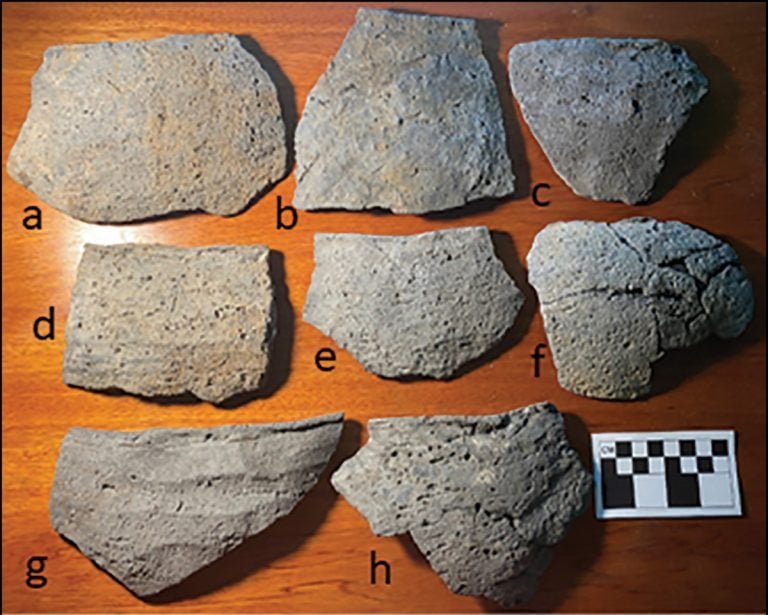Archaeologists from Louisiana State University and the University of Texas at Tyler have discovered the oldest known ancient Maya salt works in southern Belize, dating back 1,800 years.
Key Findings
- Earliest Maya salt production: The site, Jay-yi Nah, reveals local salt production from 250-600 AD.
- Well-preserved artifacts: Wooden structures, pottery, and a canoe paddle were found in remarkable condition.
- Pre-dates other sites: Jay-yi Nah predates other underwater salt works in the region.
The Discovery
Led by Dr. Heather McKillop, the team initially uncovered wooden structures beneath the seafloor in 2004. Further excavations revealed:
- Salt kitchens: Areas for boiling seawater to produce salt.
- Residences: Homes for salt workers.
- Pole and thatch buildings: Remains of ancient structures.
Significance
- Local enterprise: Jay-yi Nah developed without external trade connections.
- Early Classic period: Provides insight into Maya civilization before the Late Classic period (650-800 AD).
- Salt production: Highlights salt’s importance in ancient Maya commerce.
Reference
McKillop, H., & Sills, E. C. (2024). Earliest Ancient Maya salt production in southern Belize: Excavations at Jay-yi Nah. Antiquity. DOI: 10.15184/aqy.2024.186

















